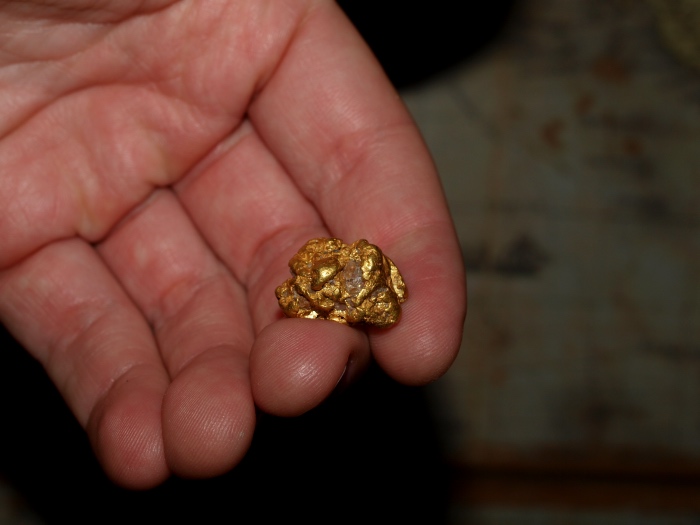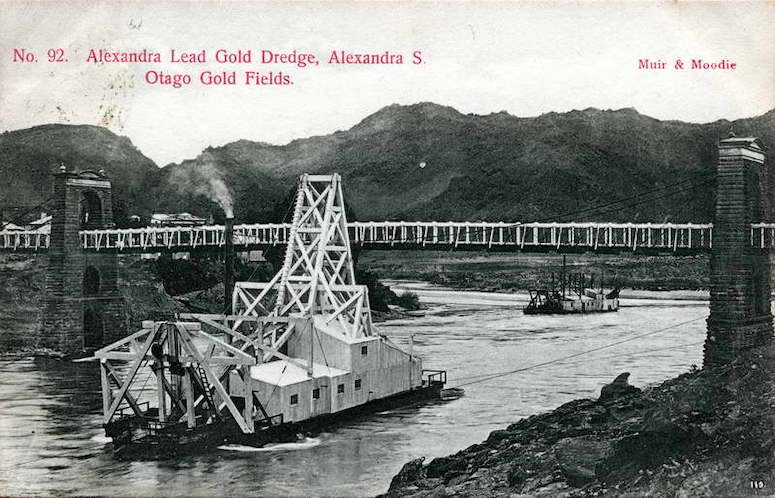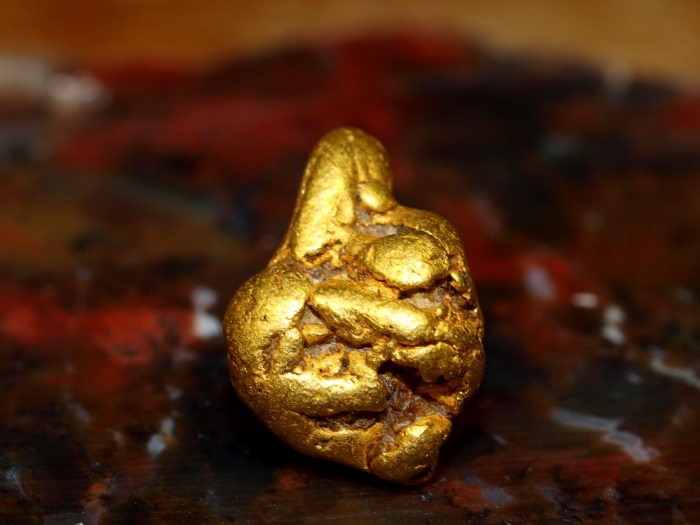
The history of New Zealand’s goes hand in hand with gold mining. Minor gold deposits have been known since at least the 1840s.
In the year 1842 New Zealand experienced a few new gold discoveries near Nelson. At that time there were only a small quantity of gold extracted and the discovery was largely forgotten.
In the 1850s some people with commercial interest in Auckland made an offer of £500 as a prize that was going to be given to anyone that would extract gold worth a fortune.
By the time a prize offer had been offered, settlers in New Zealand had already started moving out heading to California and Australia where they were experiencing gold rushes. In September of 1852 a man named Charles Ring won the prize offered after he found some payable quantities of gold in Coromandel.
Afterwards, when Charles Ring won the prize there was a minor gold rush in the area of Coromandel Township and other nearby places namely Cape Colville and Mercury Bay. The rushes didn’t last long though; the easily accessible gold was quickly mined out and people moved on.
Serious mining efforts commenced during the major gold rush period that occurred in Otago. The gold rush in this area began in the 1860s and continued for decades. This was the strike that brought the world’s attention to New Zealand.

Otago & Gabriel’s Gully
Following the initial discovery at Otago, there was population increase in the area from various gold seekers from different places. This influx attracted miners from places which also had experienced gold rushes earlier. Among them were miners from California and Australia.
The serious gold rush activities in New Zealand began at a place called Gabriel’s Gully at the southern end of the country. With the passage of time, the gold mining activities began extending to other parts of the country, primarily through the rich goldfields of Otago.
Some of the richest alluvial deposits were mined along the banks of the Arrow River and Shotover River. In the first few month, it was said that a man could recover several kilograms of gold per day if he was digging in the right spot!
There were over 130,000 men working at Otago during the height of the gold rush. An estimated 5,000 of these men were from China. Others traveled from around the world to try their luck.
The Otago goldfields were rich, but by the 1870s most of the gold was played out. Only a few miners remained.
Miners Spread Out
Additional gold strike continued to be made throughout New Zealand following the rush to Otago.
1864 was the start of the West Coast Gold Rush, which brought thousands to the West Coast of New Zealand. Alluvial deposits were found at Taramakau River, Bruce Bay and the Grey River.
The alluvial deposits were mostly worked out by the 1870s and miners looked to the quartz mines. These larger mining operations continued for decades after the excitement of the gold rush was long over.
The West Coast Gold Rush was the second richest gold strike following the rich goldfields of Otago.
Read: Finding Gold in Quartz Rock
Modern Mining in New Zealand
In a country that is more known for its natural beauty and spectacular National Parks, it may be a surprise to some that there is still considerable mining activity here. In fact, the country still accounts for approximately 1% of the total gold mined annually around the globe.
Gold mining in New Zealand has continued to sustain the livelihood of many in the country, despite the challenges the industry has faced over the years especially when the production declined in the mid-20th century.
Two large hard rock mines account for most of the gold production. These are the Martha Mine and Macreas Mine. There are many smaller alluvial mining operations throughout the country that also produce gold. Most are located within the same rich goldfields that were discovered back in the 1860s.
Recreational Gold Prospecting
Apart from large-scale mining, New Zealand’s gold mining can also be conducted on a small-scale basis. For instance, the north and south islands are among the places with locations where gold panning can be conducted.
Among the prominent places known to be rewarding in gold mining are those between Queenstown and Dunedin, as well as the Shotover River which was referred to as “the richest river in the world” back in the day.
In some locations prospectors must ensure that permits are obtained before gold mining can be conducted. On the other hand, there are locations designed as “recreational” where no permit is needed to carry out simple the gold mining activities like panning and sluicing.
The First Bucket Dredges in the World

One interesting fact is that the early bucket line dredge was first invented in New Zealand. These huge machines could efficiently process large amounts of river gravels to recover gold.
Dredges were used on the Clutha River, Molyneaux River and many other rich rivers in the Otago goldfields. Dredges operated on Grey River and other gold bearing waters on the West Coast of New Zealand too.
The technology would eventually be used around the world including the rich goldfields of Alaska and California. Their ability to mine huge volumes of low-grade gravels allowed them to be used for decades after the richest placers were “played out.”
Next: The Monsters of the Goldfields – Bucket Line Dredges

